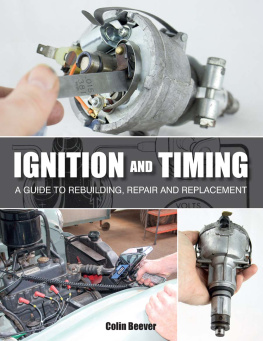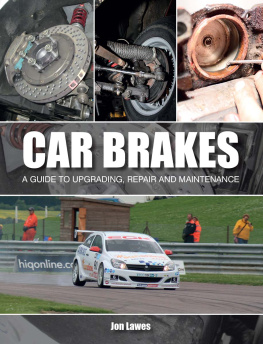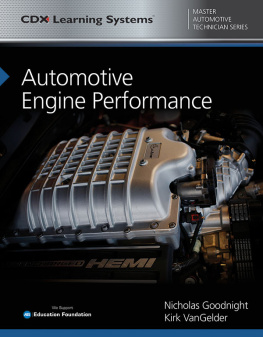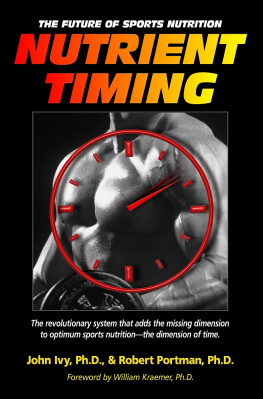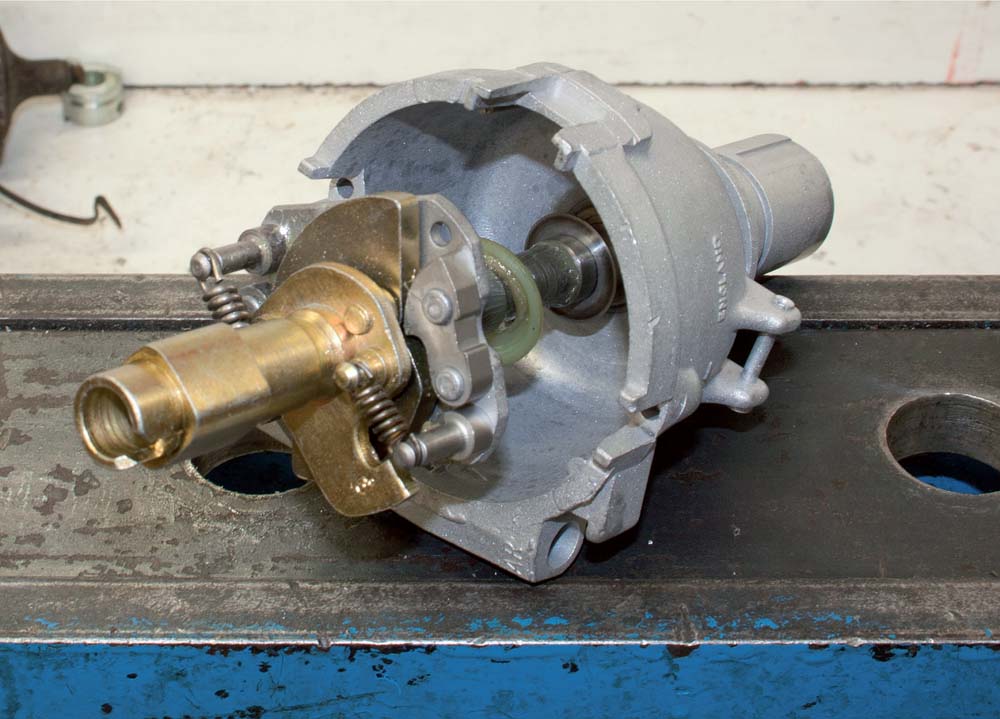
IGNITION AND TIMING
A GUIDE TO REBUILDING, REPAIR AND REPLACEMENT
Colin Beever

First published in 2015 by
The Crowood Press Ltd
Ramsbury, Marlborough
Wiltshire SN8 2HR
www.crowood.com
This e-book published 2015
Colin Beever 2015
All rights reserved. No part of this publication may be reproduced or transmitted in any form or by any means, electronic or mechanical, including photocopy, recording, or any information storage and retrieval system, without permission in writing from the publishers.
British Library Cataloguing-in-Publication Data
A catalogue record for this book is available from the British Library.
ISBN 978 1 84797 974 2
Disclaimer
Safety is of the utmost importance in every aspect of an automotive workshop. The practical procedures and the tools and equipment used in automotive workshops are potentially dangerous. Tools should be used in strict accordance with the manufacturers recommended procedures and current health and safety regulations. The author and publisher cannot accept responsibility for any accident or injury caused by following the advice given in this book.
CONTENTS
ACKNOWLEDGEMENTS
I would like to thank the following people for their kind help in providing information and images for use in this book: Tim Ward of Lucas TRW; the Marketing Department of NGK Spark Plugs (UK) Ltd; Tom Green of the Green Spark Plug Company; Steve Pearce of Autocar Electrical Equipment Co. Ltd; and Keith Anderson of The Tool Connection Ltd.
INTRODUCTION
Everybody running or restoring a classic car will at some point have ignition problems. These need to be corrected properly and with the appropriate components in order to prolong the cars life and increase its running efficiency. A distributor is at the heart of the cars engine system, and yet so often it is overlooked.
This book looks at the history and evolution of the automotive ignition system, from the very basic early distributor and coil ignition up to the introduction of electronic ignition. It covers both manufacturer-fitted and aftermarket ignition systems, and considers the demise of the points-type distributor and the introduction of electronic ignition. It will also provide you with an understanding of how the coil ignition system works, looking at each of the components and explaining how to test them for faults, and then how to rectify these faults.
Whether you are just changing a set of points, attempting your own rebuild, or modifying your car for competition, you will find tips and advice as to how to put your ignition in top spec. The first chapter looks at the history of the ignition system, and shows its development over the years. Then the technical side of ignition is discussed, and simple tests given to identify a problem and then show how to rectify it.
Later in the book we look at modifying the system, fitting various types of electronic ignition, and modifying the distributor in order to achieve maximum performance.
In the last section identification charts are provided: these are both informative and useful, as many classic cars will have had their distributors changed at some point in their life; this section shows you how to find out if you have the correct one fitted.
The following tools may be required for maintaining early ignition systems:
Points file, such as the Draper 33554
Timing light the Gunson Supastrobe G4123 is a great unit
Multimeter the Gunson G4187
Insulated screwdrivers, both flat-head and cross-head
Feeler gauge both metric and imperial would be useful
Spanners choose the size that fits the distributor clamp: this may vary
Make sure that the cars battery is in good condition and fully charged. Check it with a volt meter; ideally you should be getting about 12.5 volts from a good battery.
When working on distributors that have been removed from the vehicle, make sure that they are firmly secured in a bench vice though always remember that too much pressure can cause damage. Make sure that all surfaces are clean and free from dust, as this can cause contamination and damage. All tools should be in good condition, as worn screwdrivers and spanners can easily cause damage.
HEALTH AND SAFETY WARNINGS
When working on vehicle ignition systems you must always put the safety of both yourself and others first. The publishers and author of this book cannot accept any responsibility for injury or damage when following instructions or carrying out work as described in this book.
Never carry out work on live systems, and always disconnect the battery as advised; also, remember that you must always remove the earth terminal first, but reconnect it last this is very important to prevent sparking.
The high tension side of ignition systems involves very high voltages, so it is always advisable to use insulated tools wherever possible, and to avoid touching any part of the high tension system with bare hands unless you have switched off the ignition. It is even more important when the vehicle has electronic ignition, or if you are fitting it: because of the extremely high voltages, shocks from electronic ignition systems can be very painful, and dangerous to people with, for example, a heart condition. Also be aware that ignition coils can get very hot during use, so be careful not to touch a coil after the engine has been running.
This book gives information on timing a cars engine when it is running, so make sure that you have no loose items of clothing, and that hair and jewellery cannot hang into the engine bay and risk engaging with rotating parts. Always be aware of the position of your hands and arms, keeping them at a safe distance from any moving parts. Protective eye wear is advisable.
THE BASIC PETROL ENGINE IGNITION SYSTEM
Before you get involved in any work on an automotive ignition system, you need to know the basics. Standard coil ignition is the system used on automotive petrol engines from the early 1900s to the 1980s. It is made up of a battery, a distributor, a coil, a set of high tension (HT) leads and a set of spark plugs. The battery gives power via the ignition switch to the positive terminal (on a negative earth car) on the coil; the negative terminal is connected to the low tension terminal on the distributor, this is the low tension circuit. The coil boosts the voltage to many thousands of volts and sends this through the high tension circuit via the coil lead to the distributor.
As the distributor rotates it sends high voltage down the relevant plug lead at the correct moment, to the spark plug, which makes the spark to ignite the petrol: simple! shows the basic system.
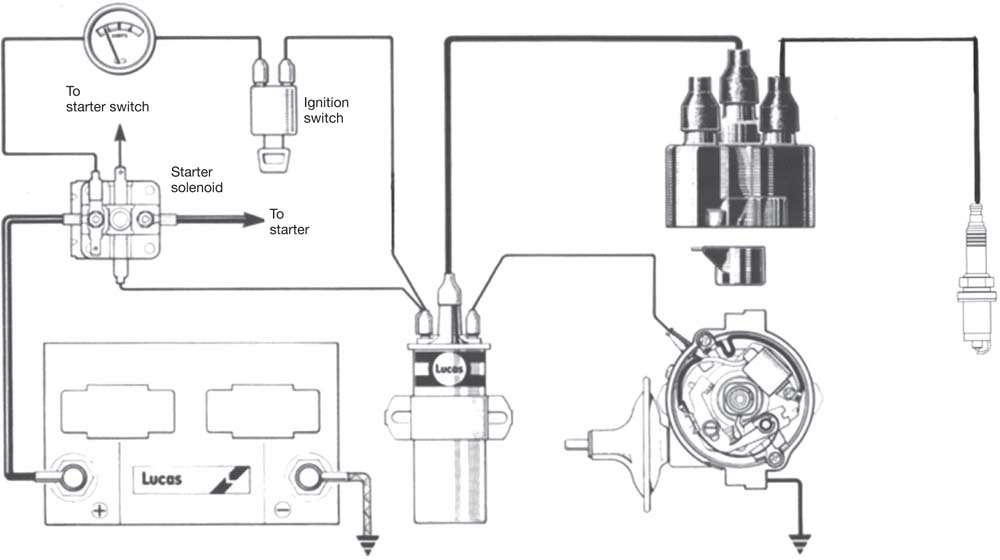
Fig. 1: The standard points ignition system. LUCAS
CHAPTER ONE
HISTORY
THE EARLY DAYS
The spark plug was invented in 1860, but was not commercially available until 1902, when it was made by Robert Bosch. However, it wasnt until fifty years later that the first basic distributor made its appearance. Prior to the distributor, the ignition system was magneto-based.
MAGNETO-BASED SYSTEMS
Next page
